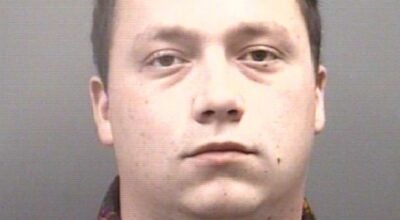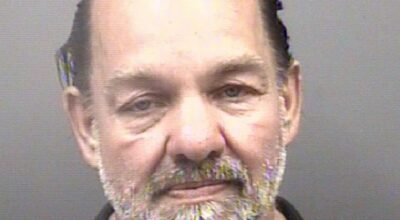Improving economy could boost tax bills in Rowan
Published 12:00 am Friday, April 12, 2019
SALISBURY — Revaluation is a bit more complicated and, perhaps, produced slightly better results this year than the single, 5% figure County Commissioners Chairman Greg Edds used during a speech in a packed room of people on April 1.
Speaking during a called meeting of the Rowan-Salisbury Board of Education, Edds said that revaluation had not gone as a well as expected — a 5% increase in property tax values instead of a 10% bump for which officials had hoped. It was during that meeting in which the school board called off public hearings for the closures of Faith and Enochville elementary schools because additional funding from county government might be available for schools.
However, according to county tax assessor Kelvin Byrd, the average gross change in real property across the county was 12% to 15% for 2019. And, while that seems a far cry from the projected 5% mentioned recently by Edds, “change” goes either direction: up or down.
“Residential properties that had the most change in value were in the southern part of the county,” Byrd said. “For the commercial class of properties, multifamily housing saw the largest changes.”
If tax rates stay the same, Rowan County property owners will see an average bill increase of about 7%, according to Byrd.
But the final number won’t be decided until dust settles around revaluation — a process that occurs every four years in which tax staff use a set of state standards and regulations to assign new values to all real property. Property owners may choose to appeal their tax values.
County Manager Aaron Church said the number will continue to fluctuate slightly in the coming weeks as citizens file appeals and are successful.
But Church doesn’t expect a large fluctuation, saying, “I don’t think you’re going to see as many appeals this year, because people know the economy is doing well, property is moving.”
Also key in determining whether the 7% number sticks after appeals will be so-called revenue neutral tax rates.
Asked to explain a revenue-neutral tax rate, Church points to a sentence penned by North Carolina School of Government writer Chris McLaughlin: “In a nutshell, (it’s) complex, confusing and unavoidable.”
Required by state statute, the hypothetical neutral tax rate shows where the county property tax rate would fall if existing and revalued properties generated the same revenues as the prior budget year. In a year when tax values are expected to rise, that may mean decreases in the actual tax rate.
Increases in valuation do not necessarily mean increases in bills, Church said. Bill changes are dependent on the final property tax rate, which is yet to be determined.
Step one will be factoring the neutral rate, which Church will be able to do once appeals are settled.
The tax-neutral rate will not include growth through new industry or developments, meaning projected revenues for the county could, as a whole, fluctuate year-over-year with the projection.
Without a number, Church couldn’t yet comment on whether upcoming county projects could be feasible under a revenue-neutral rate: work with Kannapolis to extend water services in the southern end of the county, designs for agricultural center at West End Plaza, renovations to the recycling center on Julian Road, a new animal shelter and more.
“Really nobody is going to know how much the increase or decrease in taxes is until the budget is presented,” Church said.
Contact reporter Andie Foley at 704-797-4246.




